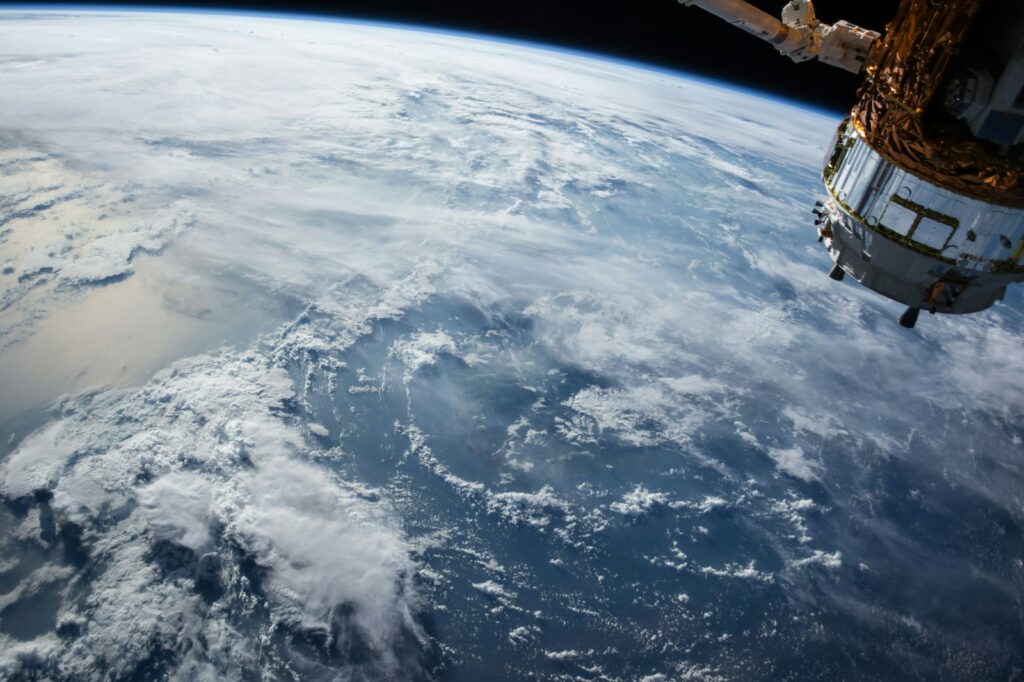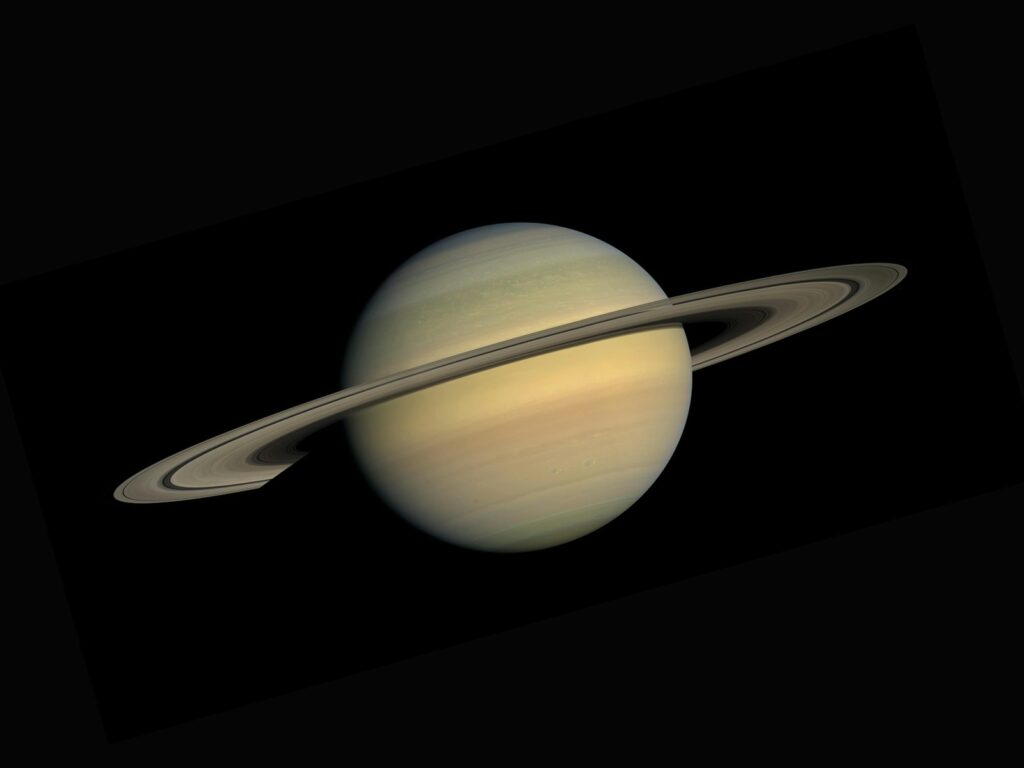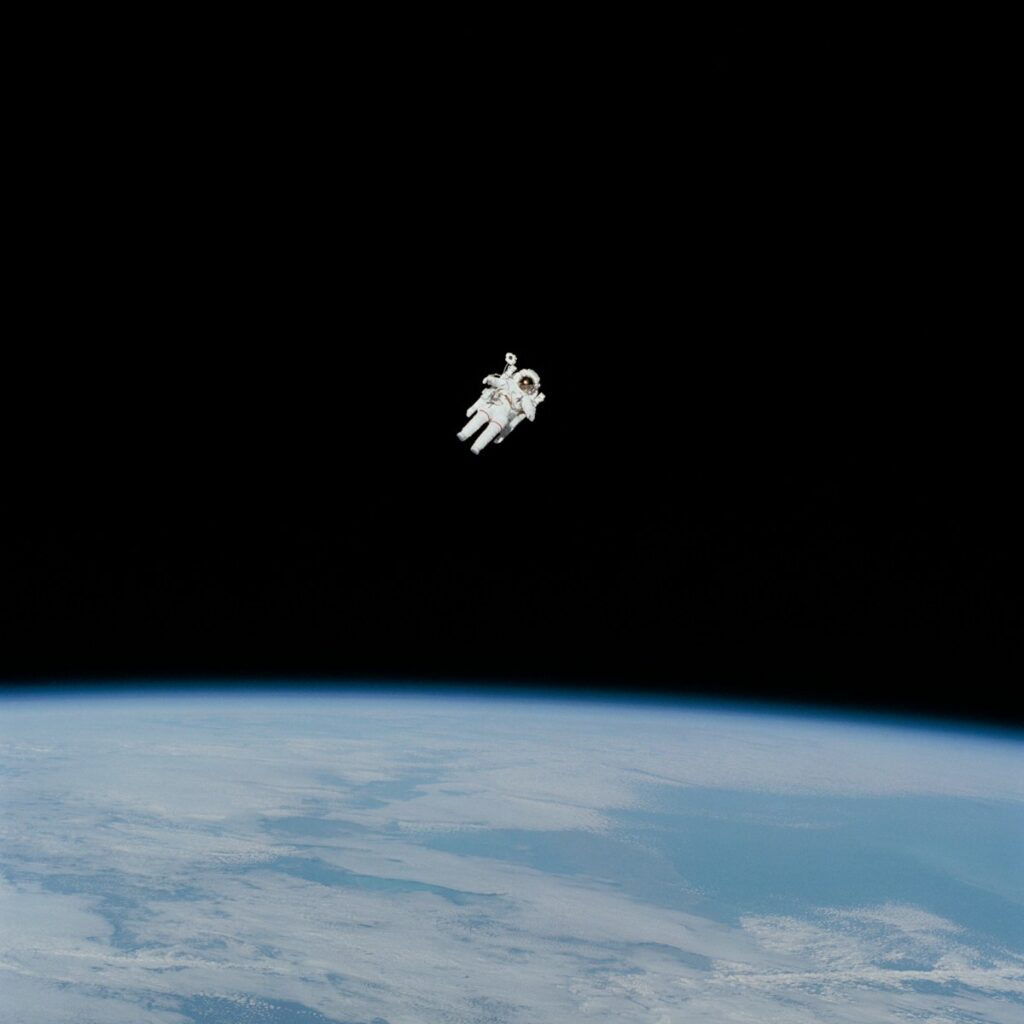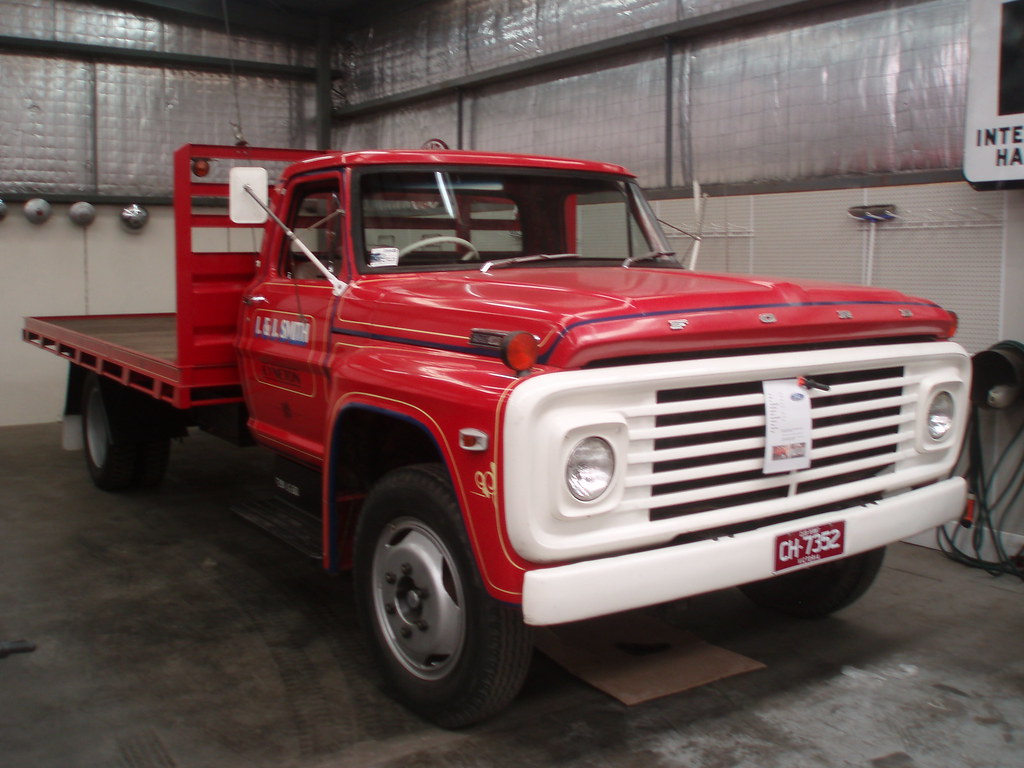
NASA, the National Aeronautics and Space Administration, embodies humanity’s relentless pursuit of knowledge beyond Earth’s confines. Since its 1958 inception, this independent US federal agency has not only defined America’s civil space program but also significantly advanced global scientific and technological frontiers. From lunar landings to deploying powerful observatories, NASA’s achievements have consistently inspired generations worldwide.
The agency’s distinct civilian orientation, emphasizing peaceful applications in space science, marked a deliberate shift from its military-focused predecessors. This focus fostered an environment of open scientific inquiry, leading to unparalleled insights into our home planet, the solar system, and the cosmos. Through numerous ambitious projects, both crewed and uncrewed, NASA has continually pushed the boundaries of what is technologically feasible.
This article delves into NASA’s most significant programs and milestones. We will trace its remarkable evolution from its formative years and the pivotal Space Race, through monumental human spaceflight endeavors, to the dawn of interplanetary robotic exploration and pioneering orbital laboratories, revealing how each contributed to our understanding of space.
1. **The Genesis of American Aeronautics: From NACA to NASA**NASA’s esteemed lineage traces back to the National Advisory Committee for Aeronautics (NACA), established in 1915 to advance American aviation. For over four decades, NACA supported US military and civil aviation, laying a crucial scientific foundation. Its research expanded to guided missiles and supersonic aircraft after World War II, notably developing and testing the Bell X-1. This pioneering work in rocketry, through its Pilotless Aircraft Research Division, naturally steered NACA towards space exploration.
The Soviet Union’s 1957 launch of Sputnik 1 ignited the Space Age and the Space Race, demanding an urgent American response. America’s first satellite, Explorer 1, was launched by the Army Ballistic Missile Agency in February 1958. This highlighted the critical need for a unified, civilian-led space agency to coordinate national efforts and ensure US leadership.
In response, the Eisenhower Administration strategically separated US military and civil spaceflight programs, previously under the Department of Defense. This led to the National Aeronautics and Space Act’s signing on July 29, 1958, officially establishing NASA. The new agency began operations on October 1, 1958, absorbing 8,000 NACA employees and its three major research laboratories, forming its scientific and engineering core.
NASA integrated the Naval Research Laboratory’s Project Vanguard, the Army’s Jet Propulsion Laboratory (JPL), and Wernher von Braun’s Army Ballistic Missile Agency. This comprehensive consolidation firmly positioned NASA as the civilian lead in space, distinct from the Air Force’s military space leadership. This foundational merger created the formidable agency that would soon lead America’s charge into the cosmos, emphasizing peaceful space science and exploration.
2. **Project Mercury: America’s First Forays into Human Spaceflight**Before NASA’s formal inception, the US Armed Forces initiated human spaceflight plans, like the Air Force’s “Man in Space Soonest.” These provided a vital foundation for Project Mercury, NASA’s first crewed program to put an American into orbit. NASA established the Space Task Group to manage this ambitious undertaking, setting clear objectives.
Project Mercury planned sub-orbital flights using Army Redstone rockets and orbital flights with Air Force Atlas launch vehicles. President Eisenhower directed astronaut selections from the military, leading to the legendary Mercury 7. These Air Force, Navy, and Marine Corps pilots became national symbols of courage and technological prowess, facing the unknown.
A pivotal moment arrived on May 5, 1961, when Alan Shepard became the first American in space, performing a suborbital flight aboard Freedom 7. This feat, though after Soviet Yuri Gagarin’s orbital flight, marked a significant American step in the Space Race. It demonstrated growing capabilities and ignited public imagination.
The pinnacle was John Glenn’s orbital flight on February 20, 1962, in Friendship 7, completing three orbits. Glenn manually flew parts of his final two orbits due to an autopilot malfunction, showcasing astronaut skill. The program concluded successfully with Gordon Cooper’s 22-orbit, 34-hour flight in May 1963. Project Mercury achieved its objectives: orbiting a human, developing tracking systems, and identifying human spaceflight issues, paving the way for future, more complex missions.

3. **Project Gemini: Mastering the Art of Space Rendezvous**As the US committed to a lunar landing, NASA recognized the need for advanced spaceflight skills beyond Project Mercury. This led to Project Gemini, a crucial intermediate step bridging single-person capsules and complex multi-crew Apollo missions. Gemini was tasked with pioneering critical capabilities essential for lunar exploration.
The Gemini capsule, a two-astronaut spacecraft, launched atop a modified Air Force Titan II. This design allowed for flights over two weeks, significantly longer than Mercury missions. Gemini innovations included the groundbreaking use of fuel cells, providing more efficient power, directly informing Apollo’s engineering.
Project Gemini’s primary objectives were ambitious. The program conducted the first American spacewalks, demonstrating human capability in vacuum. More crucially, Gemini pioneered rendezvous operations, practicing bringing two spacecraft together in orbit. This skill, along with docking maneuvers, was indispensable for the Apollo program’s lunar module separation and rendezvous.
The iconic orbital rendezvous of Gemini 6 and Gemini 7 in December 1965 perfectly encapsulates the program’s success. These missions, along with others demonstrating docking, proved astronauts could precisely maneuver spacecraft. Through these vital experiences, Project Gemini effectively developed the flight mechanics, astronaut training, and operational procedures necessary for the complex lunar missions, serving as the essential stepping stone to Apollo’s triumph.
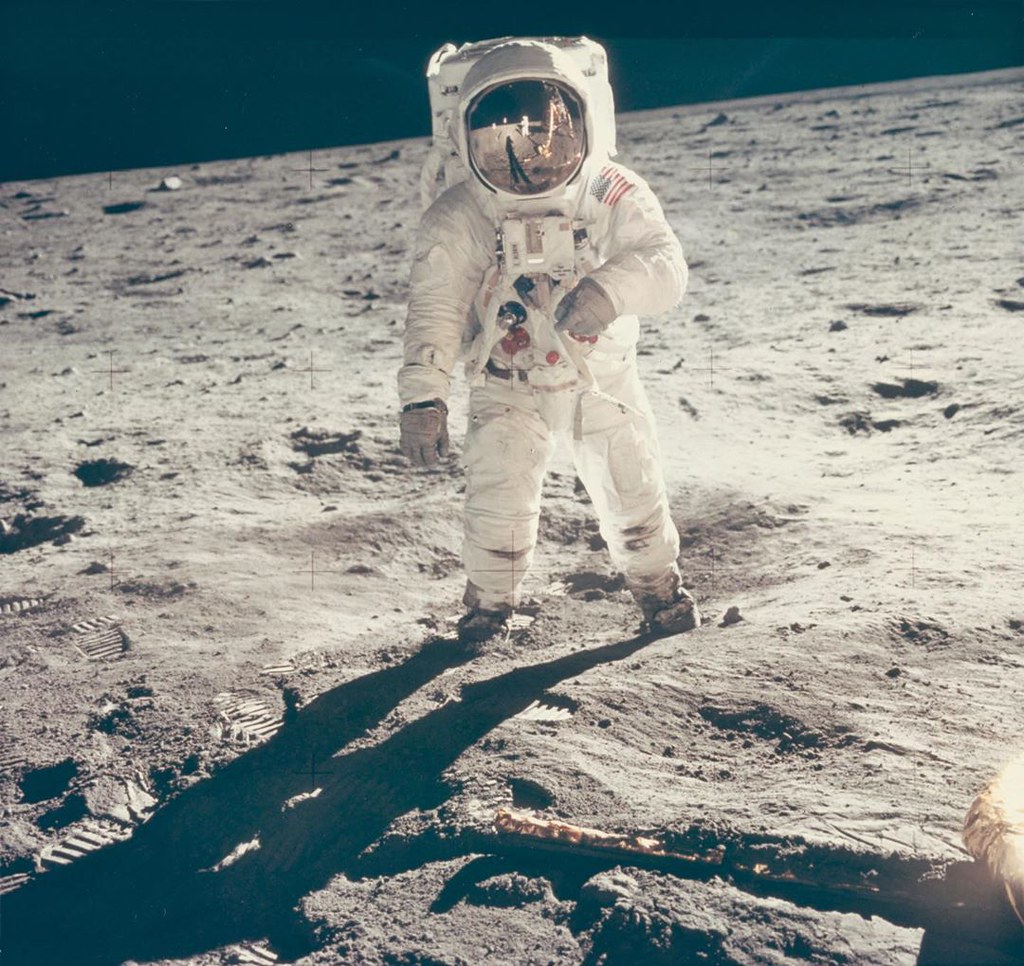
4. **The Apollo Program: Humanity’s Giant Leap to the Moon**The Cold War and Space Race spurred President John F. Kennedy to set an audacious national goal: to land an American on the Moon and return him safely by the end of the 1960s. This monumental challenge, declared in his 1961 “Urgent National Needs” speech, underscored Apollo’s profound importance. James E. Webb was appointed NASA administrator with the explicit mandate to achieve this objective.
Despite political opposition, President Kennedy protected NASA’s burgeoning budget, allocating 50% directly to human spaceflight. At its peak, an estimated 5% of Americans were involved in the Apollo program, highlighting the immense national effort. The program adopted Department of Defense management concepts, utilizing redundant systems, with Major General Samuel C. Phillips directing the program. Wernher von Braun’s team led development of the colossal Saturn V rocket, while North American Aviation and Grumman designed the Apollo spacecraft and Lunar Module respectively.
The Apollo 1 fire tragically claimed three astronauts in 1967, but the program persevered with rigorous safety improvements. This commitment paid off spectacularly with Apollo 8 in December 1968, marking a historic turning point as the first crewed spacecraft to leave low Earth orbit and reach the Moon, orbiting it ten times. Its crew were the first to see Earth as a distant blue marble and witness an Earthrise, profoundly reshaping our planetary perspective.
The culmination arrived with Apollo 11, commanded by Neil Armstrong, alongside Buzz Aldrin and Michael Collins. On July 20, 1969, Neil Armstrong became the first human to step onto the lunar surface, uttering the immortal words, “That’s one small step for man, one giant leap for mankind.” This singular event effectively ended the Space Race. NASA conducted six total lunar landings, with Apollo 17 in 1972 marking its grand conclusion, leaving an indelible legacy of human achievement and exploration.
Read more about: Echoes of Olympus: An Historical Farewell to Apollo’s Last Living Pioneers and the Dawn of Exploration
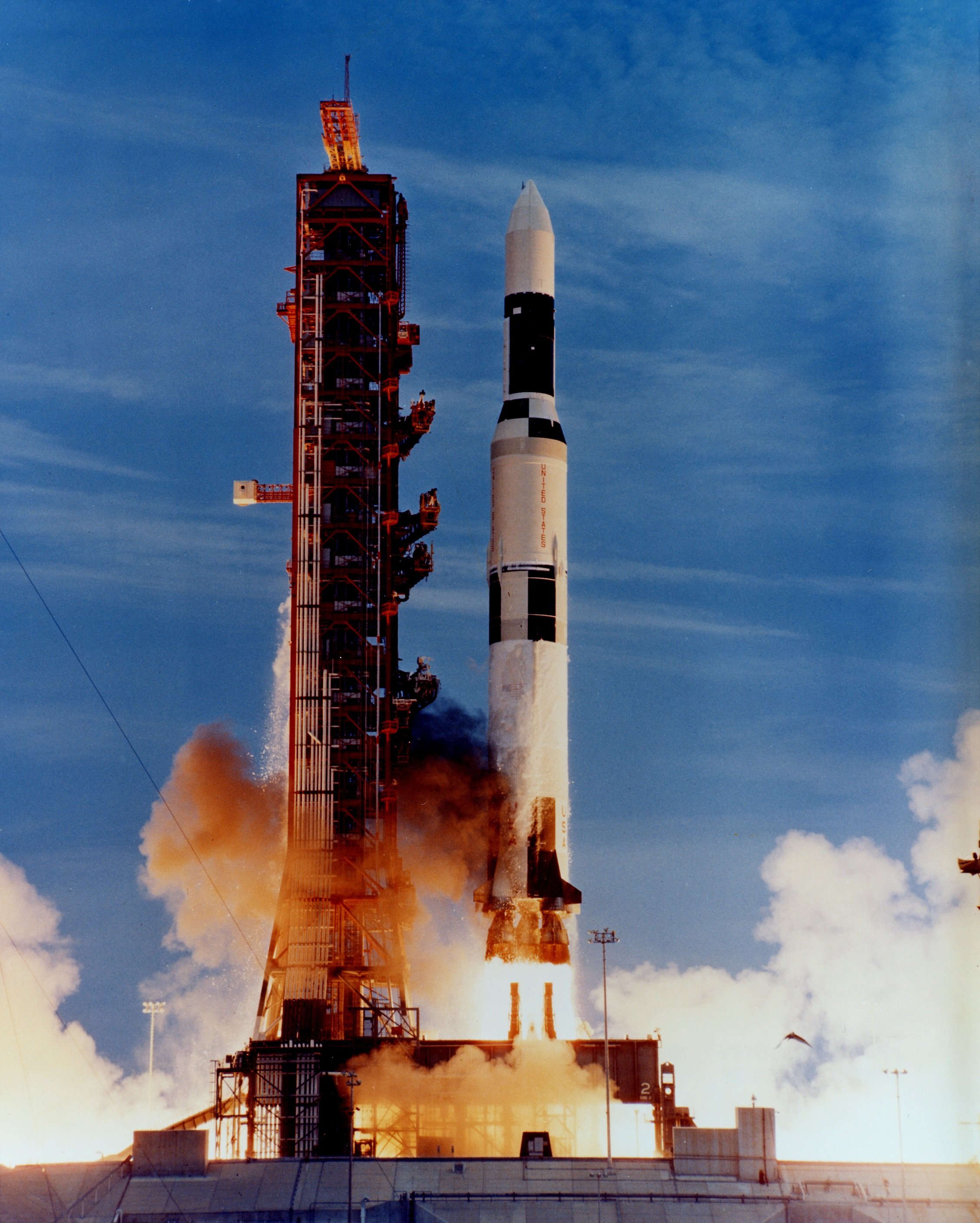
5. **Skylab: America’s First Orbital Laboratory**Amidst the Apollo lunar triumphs, Wernher von Braun advocated for a space station for long-duration scientific research. Following Apollo’s conclusion, this vision materialized. In 1973, NASA launched its first experimental space station, Skylab, using the very last Saturn V rocket. This marked a significant transition from lunar missions to sustained orbital presence and scientific inquiry.
Skylab was a remarkable example of resourcefulness, repurposing Apollo and Saturn hardware. Its primary module was ingeniously derived from a Saturn V third stage, transformed into a spacious orbital laboratory. However, Skylab sustained damage during launch, including the loss of its micrometeoroid shield and a solar panel. This necessitated complex spacewalks by the first crew to make the station habitable.
Despite its challenging beginning, Skylab proved highly productive. It hosted nine missions, with three crewed expeditions between 1973 and 1974. These crews conducted extensive research in solar astronomy, Earth observations, biomedical studies on human adaptation to space, and materials science. The invaluable data significantly advanced our understanding of long-duration spaceflight and its effects on the human body.
Skylab’s operational life was brief; it was decommissioned in 1974 and remained uncrewed until its fiery reentry in 1979. This occurred two years before the Space Shuttle’s inaugural launch, which could have boosted Skylab’s orbit. Nevertheless, Skylab’s legacy as America’s first space station was profound, demonstrating the immense potential of orbital laboratories and providing crucial experience for future space station projects.
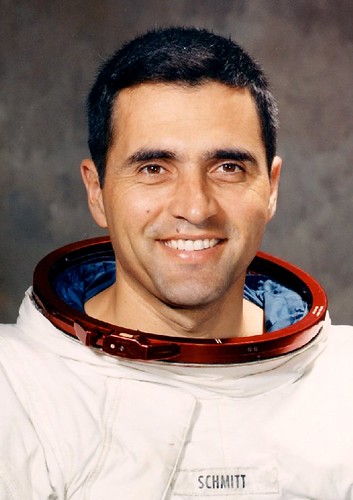
6. **Pioneering Interplanetary Exploration: The Mariner, Pioneer, and Voyager Programs**While human spaceflight captured headlines, NASA’s space science and interplanetary probe programs revolutionized our understanding of the Solar System. Beginning in the 1960s, the Mariner program led exploration of inner planets, sending probes to Venus, Mars, and Mercury. The Jet Propulsion Laboratory (JPL) spearheaded this robotic exploration, making significant discoveries that reshaped planetary science.
After a temporary suspension during the demanding Apollo program, NASA swiftly resumed and expanded its space science focus. Venus was an early target; Mariner 2 achieved the first successful planetary flyby in 1962, revealing a hot, inhospitable world. Subsequent missions, like Pioneer Venus and Magellan, performed detailed radar mapping of its cloud-shrouded surface.
Beyond the inner Solar System, NASA focused on the gas giants. The Pioneer program led the way, with Pioneer 10 visiting Jupiter and Pioneer 11 providing first close-ups of Saturn. Both probes achieved the remarkable feat of becoming the first human-made objects to leave the Solar System. The Voyager program, launched in 1977, conducted an extraordinary “grand tour” of the outer planets, performing flybys of Jupiter, Saturn, Uranus, and Neptune, providing unique data. These probes are now sending signals from interstellar space.
Later missions continued this ambitious quest. Galileo orbited Jupiter, discovering evidence of subsurface oceans on Europa. Cassini–Huygens explored Saturn’s moon Titan, finding liquid hydrocarbon lakes, and subsurface water oceans on Enceladus, expanding potential sites for life. Finally, New Horizons, launched in 2006, completed this grand exploration by being the first spacecraft to visit Pluto and the Kuiper belt. These missions collectively transformed our understanding of the Solar System’s diversity and evolution.

7. **Mars Exploration: From Viking Landers to Perseverance Rovers**Mars has consistently held singular fascination for NASA, due to the persistent suspicion of potentially harboring past or present life. Early American efforts began with the Mariner program, with Mariner 5, 6, and 7 conducting flybys, providing crucial atmospheric and surface data. A significant leap occurred with Mariner 9 in 1971, the first spacecraft to orbit another planet, offering an unprecedented global view.
The Viking program followed in 1975, deploying two landers, Viking 1 and Viking 2, which successfully touched down in 1976. These missions provided the first detailed surface images and conducted experiments to detect microbial life. After a hiatus, Mars exploration reignited in 1996 with the Mars Global Surveyor orbiter and Mars Pathfinder, which deployed Sojourner, the first Mars rover. This demonstrated the immense value of mobile robotic exploration.
This heralded a new era, with the 2001 Mars Odyssey orbiter and the Spirit and Opportunity rovers (2004) uncovering compelling evidence of past water activity and dramatically extending our understanding of Martian geology. Further missions included the Mars Reconnaissance Orbiter (2005) and the Phoenix Mars lander (2007), which studied polar ice. The 2012 Curiosity rover landing was monumental, finding radiation levels comparable to the ISS, and observing key chemical ingredients for life.
Later, the Mars Atmosphere and Volatile Evolution (MAVEN) mission (2013) studied the upper atmosphere, and InSight (2018) investigated the Martian interior. Most recently, the 2021 Perseverance rover carried the groundbreaking Ingenuity helicopter, the first extraplanetary aircraft, showcasing continuous innovation. NASA’s Mars program continues its ambitious quest, seeking definitive answers to the enduring question of life beyond Earth.
Having laid the groundwork with its foundational programs and early triumphs, NASA continued its relentless march of innovation, transforming space exploration through groundbreaking technologies and international partnerships. The subsequent decades witnessed the advent of reusable space vehicles, the establishment of permanent human outposts in orbit, and the deployment of unparalleled observational tools that peered deeper into the cosmos than ever before. This next chapter in NASA’s story is defined by a strategic evolution, embracing commercial collaborations and setting ambitious new goals for human return to the Moon and beyond, further solidifying its role as a vanguard of scientific discovery and human endeavor.
8. **The Space Shuttle Program: Redefining Access to Orbit**NASA’s vision for a spaceplane, blending aeronautics and space missions, aimed for routine and economical logistical support for orbital operations. The Space Shuttle, conceived as a reusable launch vehicle, promised to end reliance on expensive, expendable rockets, serving as a bridge to future space stations. Official development began in 1972, leading to the acquisition of six iconic orbiters: Columbia, Challenger, Discovery, Atlantis, and Endeavour, with Enterprise as a test vehicle.
This revolutionary program expanded NASA’s Astronaut Corps beyond military test pilots, including scientific experts like Sally Ride, America’s first woman in space. The Columbia’s inaugural flight on STS-1 in 1981 marked a new era, serving as a critical flight test. With the European Space Agency’s Spacelab payload, the Shuttle significantly enhanced scientific capabilities, conducting research previously unattainable and demonstrating unprecedented versatility in launching and servicing satellites.
However, the program faced immense challenges, with the tragic Challenger disaster in 1986 and the Columbia disaster in 2003 leading to the loss of spacecraft and astronauts. These events prompted extensive safety modifications and ultimately the program’s retirement in 2011. Despite its operational complexities, the Space Shuttle facilitated international cooperation through the Shuttle-Mir program, culminating in the first docking with a space station and advancing human access to orbit.
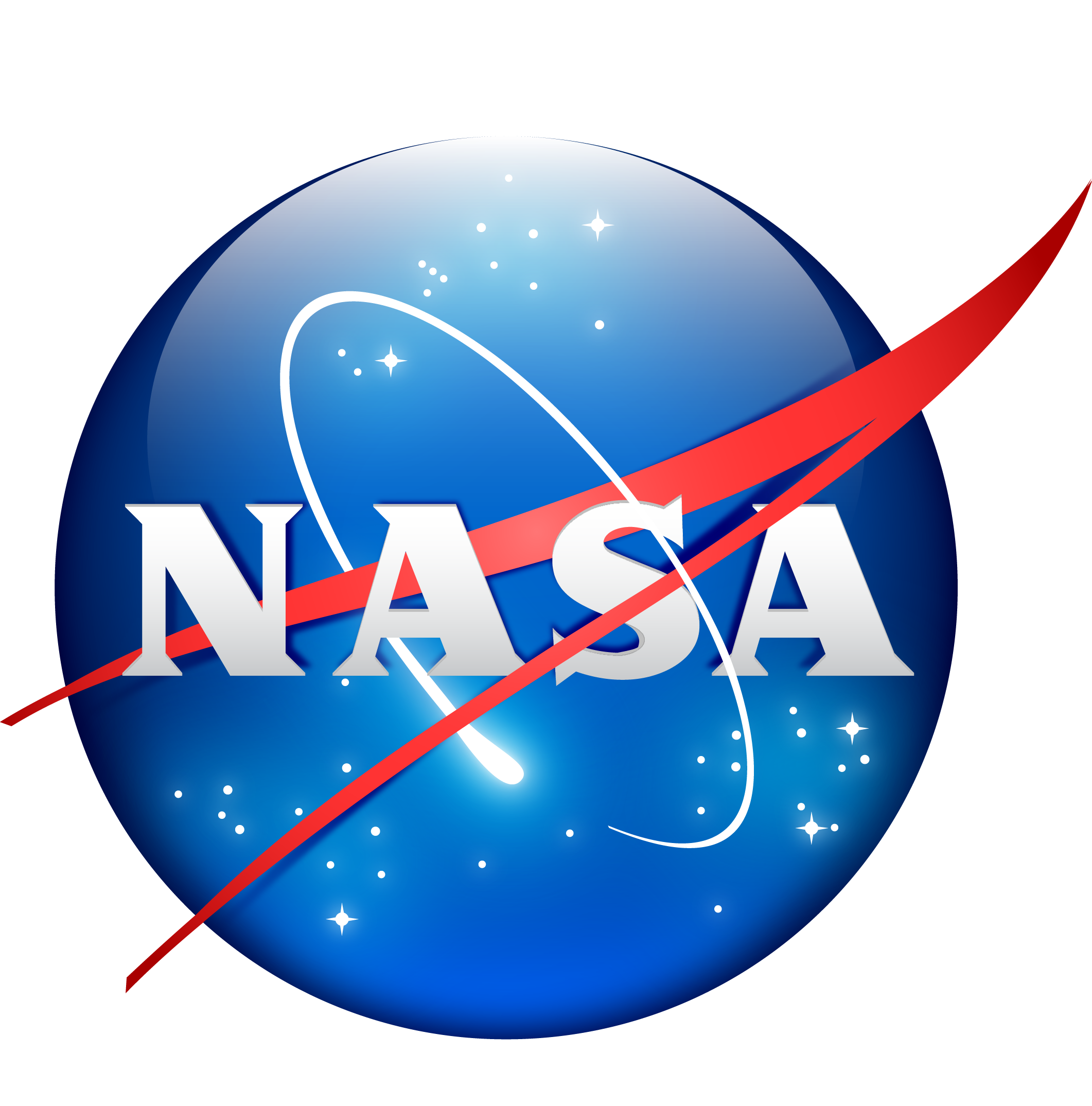
9. **NASA’s Great Observatories: Unveiling the Cosmos**Beyond Earth orbit, NASA initiated an ambitious quest to explore the universe through powerful space telescopes, circumventing atmospheric interference. The Orbiting Astronomical Observatory in the 1960s pioneered space-based astronomy, providing crucial ultraviolet, gamma-ray, x-ray, and infrared observations and paving the way for more sophisticated missions.
The pinnacle of this era was the Great Observatories program, a collection of four powerful telescopes viewing the universe across different wavelengths. The Hubble Space Telescope, launched in 1990, became an icon, revealing galaxies 15 billion light-years away. Despite an initial mirror defect, servicing missions corrected it, cementing Hubble’s status as a transformative instrument that reshaped our understanding of cosmic distances and galactic structure. Complementing Hubble, the Compton Gamma Ray Observatory (1991) explored high-energy phenomena like antimatter sources and gamma-ray bursts, while the Chandra X-ray Observatory (1999) delivered sharp X-ray images, studying black holes, quasars, and dark matter distribution.
The Spitzer Space Telescope, an infrared observatory launched in 2003, completed the quartet, designed to detect cooler, dust-obscured objects. Spitzer confirmed brown dwarf stars and provided crucial data on planet formation. These observatories collectively revolutionized astronomy, offering unprecedented multi-wavelength views of the cosmos and fundamentally advancing our understanding of celestial processes.

10. **Next-Generation Space Telescopes: Peering Deeper into the Cosmic Dawn**Building upon the Great Observatories’ legacy, NASA continued to push astronomical observation with new generations of specialized space telescopes. Instruments like the Cosmic Background Explorer (COBE) and the Wilkinson Microwave Anisotropy Probe (WMAP) provided compelling evidence for the Big Bang theory, meticulously mapping temperature fluctuations in the cosmic microwave background and offering invaluable glimpses into the universe’s infancy.
The quest for exoplanets gained significant momentum with the Kepler Space Telescope, launched in 2009. Kepler’s mission revolutionized planetary science by identifying thousands of Earth-sized planets within habitable zones of their host stars, using the transit method. This dramatically increased the likelihood of life elsewhere, suggesting planets are common in our galaxy.
A monumental leap in infrared astronomy arrived with the James Webb Space Telescope (JWST), launched in 2021 as a direct successor to Hubble. Positioned far from Earth, JWST is engineered with unparalleled infrared sensitivity to observe the formation of the first galaxies and stars, and to study exoplanet atmospheres for signs of habitability. Its advanced capabilities promise transformative data to reconstruct cosmic history with unprecedented detail.
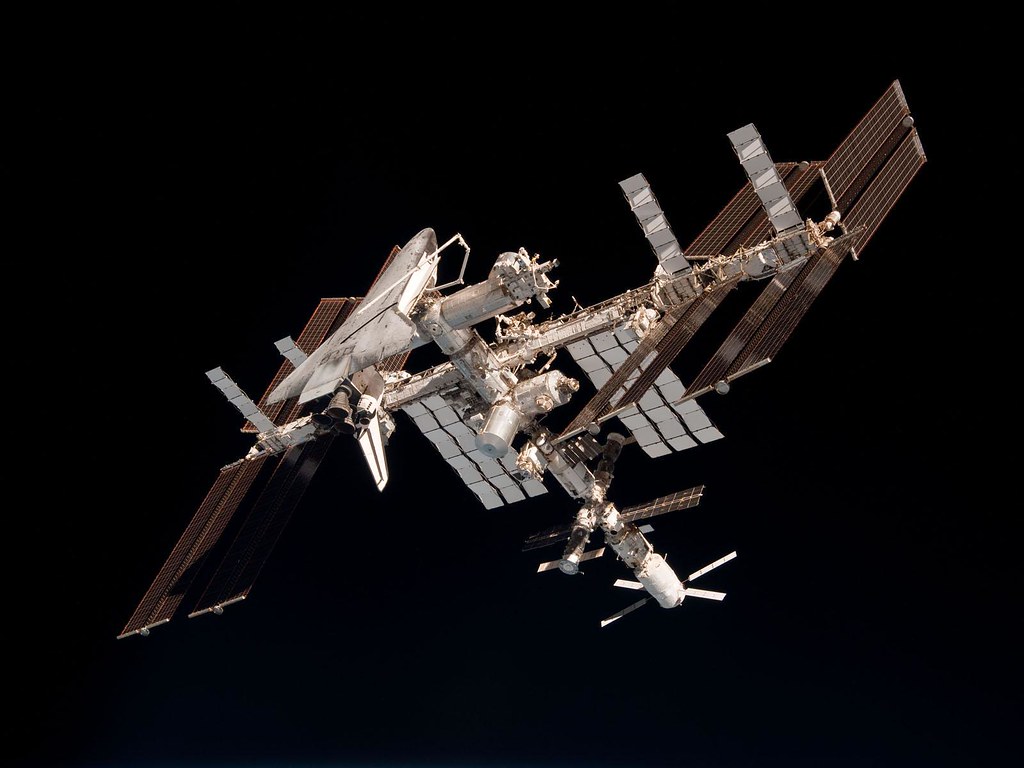
11. **The International Space Station: A Global Endeavor**The vision for a permanent human presence in space, initiated with Skylab, ultimately materialized as the International Space Station (ISS). NASA tirelessly advocated for a larger, advanced space station, envisioning it as an orbital laboratory and a staging point for future missions. This aspiration gained political traction with President Ronald Reagan’s 1984 directive, initially conceptualized as Space Station Freedom.
Space Station Freedom was designed as an international program, leading to an agreement in 1985 with thirteen countries. A pivotal moment arrived in 1993 when, under the Clinton Administration, Space Station Freedom evolved into the International Space Station (ISS) through an agreement with the Russian Federation, integrating two former Cold War rivals into a shared endeavor and securing the station’s future.
The ISS, a colossal structure assembled in orbit from globally manufactured components, became continuously occupied in 2000. It combines NASA’s original Freedom project with Russia’s Mir-2, Europe’s Columbus, and Japan’s Kibō modules, representing an unprecedented feat of international engineering. Continuously occupied for over 24 years by individuals from 15 nations, it serves as a unique laboratory for studying human adaptation to long-duration spaceflight and conducting extensive scientific research. The station is projected to operate until 2030, leaving a legacy of international collaboration and scientific advancement.
Read more about: Nicholas Grimshaw: A Visionary Architect’s Enduring Legacy in High-Tech Design and Public Infrastructure
12. **Commercial Resupply Services: A New Era of Logistics**The operational complexity and cost of maintaining the International Space Station necessitated innovative solutions for logistics. NASA initiated the Commercial Resupply Services (CRS) program, a groundbreaking contract solution to deliver cargo and supplies to the ISS on a commercial basis, marking a significant shift from an almost exclusive in-house development model.
NASA signed initial CRS contracts in 2008, awarding funds to SpaceX for its Dragon cargo spacecraft and to Orbital Sciences (later Orbital ATK and Northrop Grumman) for its Cygnus spacecraft. Both companies developed or adapted their launch vehicles, like SpaceX’s Falcon 9 and Orbital’s Antares, to meet demanding resupply requirements. This initiative not only stimulated the burgeoning commercial space sector but also provided a more cost-effective and resilient supply chain for the ISS.
SpaceX successfully flew its first operational resupply mission in 2012, followed by Orbital Sciences in 2014, proving the viability of commercial cargo delivery. These and subsequent CRS-2 contracts, which also include Sierra Nevada Corporation’s Dream Chaser, have ensured a steady stream of vital supplies, scientific experiments, and equipment to the ISS, fostering innovation in the launch and spacecraft development industries.

13. **Commercial Crew Program: Private Sector Human Spaceflight**Following the Space Shuttle’s 2011 retirement, American astronauts relied solely on Russian Soyuz spacecraft for ISS transport, highlighting a critical gap in domestic human spaceflight. To rectify this, NASA launched the Commercial Crew Program (CCP) in 2011, aiming to establish commercially operated crew transportation services and entrusting private companies with astronaut transport.
Under the CCP, NASA contracted American manufacturers like SpaceX (Crew Dragon) and Boeing (Starliner) to develop and operate crew transportation systems. The spacecraft remain owned and operated by the vendors as a commercial service, allowing NASA to leverage private sector innovation and efficiency while focusing its resources on deep space exploration. SpaceX achieved a historic milestone in 2020 by flying its first operational mission, SpaceX Crew-1, marking the return of American human spaceflight from US soil.
While SpaceX has provided reliable services, Boeing’s Starliner faced significant challenges and delays. Despite setbacks, NASA remains committed to fostering a robust commercial crew capability, with contracts for multiple missions from both companies to support the ISS through 2030. The CCP is a testament to NASA’s strategic evolution, demonstrating the pivotal role private industry can play in routine low Earth orbit access.

14. **The Artemis Program: Returning Humanity to the Moon**With routine access to low Earth orbit secured commercially, NASA’s gaze has returned to the Moon with the ambitious Artemis program. Announced in 2019, Artemis aims to establish a permanent human presence on the lunar surface, serving as a critical stepping stone for future human missions to Mars, embodying NASA’s enduring spirit of exploration.
The Artemis program is a comprehensive, multi-phase initiative, centered around the powerful Space Launch System (SLS) rocket and the Orion spacecraft. This heavy-lift launch vehicle sends large payloads and the Orion capsule, designed for deep space missions, to the Moon. This foundational hardware, combined with commercial lunar landers and a planned lunar Gateway outpost, forms the architecture for sustainable lunar exploration.
A key aspect of Artemis is its strong emphasis on international collaboration, extending to commercial entities through the Artemis Accords. These bilateral agreements with partner nations establish principles for responsible space exploration, particularly regarding lunar operations and resource utilization, fostering a safe, peaceful, and prosperous future beyond Earth. In 2023, NASA established the Moon to Mars Program Office, ensuring a cohesive strategy utilizing lunar experience to prepare for human missions to Mars.
From its audacious inception amidst the Cold War’s Space Race to its modern embrace of international partnerships and commercial innovation, NASA has consistently redefined humanity’s relationship with the cosmos. Through its pioneering spirit, monumental engineering feats, and relentless scientific inquiry, the agency has not only expanded our knowledge of the universe but also inspired countless individuals and driven technological advancements that benefit life on Earth. As NASA embarks on new chapters, aiming for sustainable lunar presence and the ambitious journey to Mars, its legacy of exploration, discovery, and the relentless pursuit of the unknown continues to illuminate the path forward, reminding us that the greatest frontiers still lie beyond our current grasp, awaiting our collective imagination and courage.

